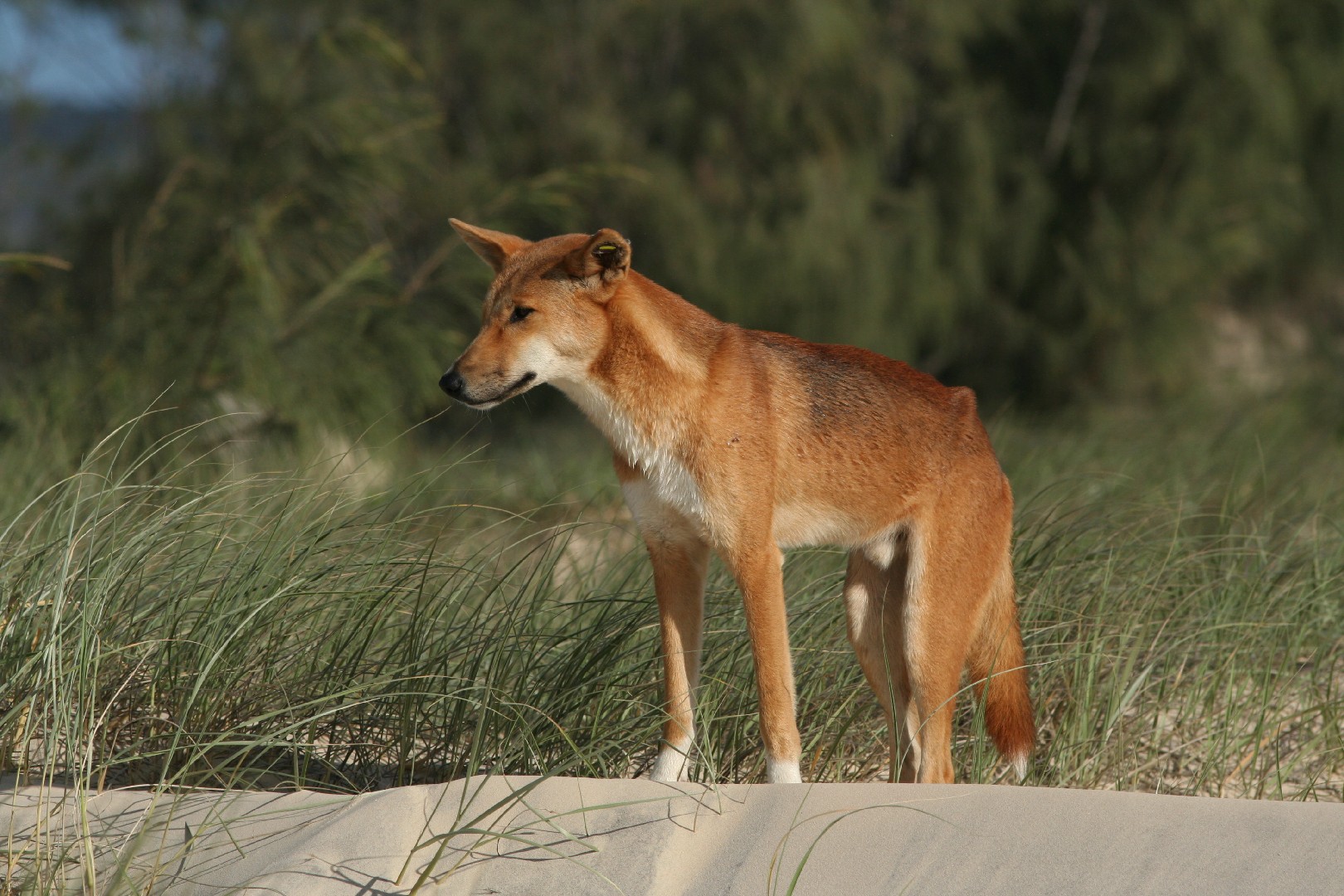Australian dingo
A species of Wolves jackals and allies Scientific name : Canis lupus dingo Genus : Wolves jackals and allies
Australian dingo, A species of Wolves jackals and allies
Scientific name: Canis lupus dingo
Genus: Wolves jackals and allies
Content
Description General Info
 Photo By Glen Fergus , used under CC-BY-SA-2.5 /Cropped and compressed from original
Photo By Glen Fergus , used under CC-BY-SA-2.5 /Cropped and compressed from original Description
Australian dingo is known for their unique social structure, often forming packs with a distinct hierarchy. However, unlike their wolf relatives, individuals in these groups frequently operate autonomously when hunting or defending their territory. Their flexibility in foraging behavior, ranging from scavenging to large prey hunting, allows australian dingo to survive in diverse ecological conditions.
General Info
Lifespan
10-15 years
Diet
The primary sustenance of australian dingo primarily includes animals like rabbits, kangaroos, and rodents. These carnivorous canines also opportunistically devour birds, reptiles, and insects. Aquatic animals form a negligible part of their diet.
Appearance
Australian dingo is a medium-sized canine with a lean, hardy body fitted for speed, agility, and stamina. Its fur is short, efficient for extreme weather conditions, predominantly a sandy to reddish-brown color, but can be tan or black. Noticable features include a bushy tail, fully erect ears, and a broad head. There is little physical difference between genders.
Behavior
Australian dingo is largely solitary and territorial, marking its area via urination and defecation. This species is primarily nocturnal, hunting small mammals and birds. Notably, australian dingo exhibits a unique behavior of caching excessive food for later consumption. An adept survivor, it's well-adapted to arid conditions, requiring minimal water for survival.